

Explore Italy by place | region | time period
The Neolithic Age » Passo di Corvo (Foggia, Apulia)
During the Second World War aerial photography for strategic-military purposes had also archaeological purposes. Millions of photographs were taken in all war zones. Many were destroyed with the cessation of hostilities; the others are kept in the European, Russian and American archives. Not all are useful because they are not catalogued, and therefore not traceable to an exact place. These archives could be an inexhaustible source of information in archaeological research.
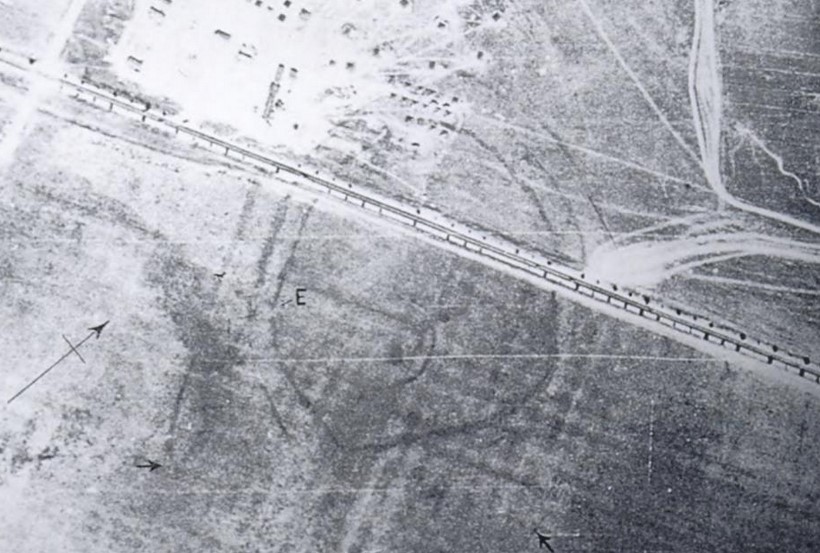
The RAF (Royal Air Force) took many strategic photographs of central-southern Italy. Along the Tavoliere di Puglia, they sighted about two hundred unknown entrenched sites: areas of sparse terrain surrounded by curved lines with higher vegetation. The latter were circular or semicircular ditches of ancient Neolithic villages. Some settlements were smaller, less than a hectare, perhaps inhabited by a single household, others larger, tens of hectares. They were 2 km apart from each other, and therefore were mutually visible. The older ones were surrounded by a single fence ditch that could be up to 3 meters deep. Their realization certainly required the collaboration of many men and a lot of time.
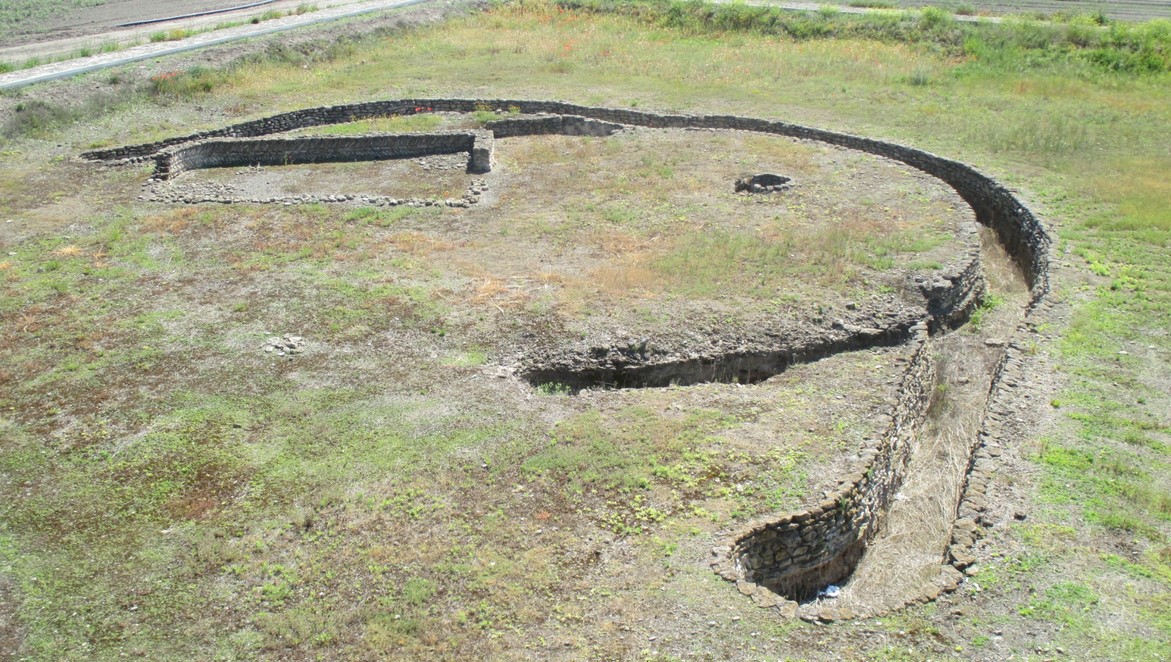
In 1943, the Neolithic village at Passo di Corvo was accidentally identified about 580 m north of Masseria Garofalo, along the road that connects Foggia to Manfredonia. Initially the concentration of paths, walls, ditches, fences, led to think of a huge underground base. The subsequent analysis of the photos dispelled any doubt: the material was stored until after the end of the war, when it was re-examined to open new archaeological investigations.
Passo di Corvo is the largest Neolithic archaeological site in Europe and the entire Tavoliere di Puglia. Today it is an Archaeological Park of dozens of hectares. It can be visited and also hosts the reconstruction of a Neolithic hut that evokes scenes of domestic and agricultural life of the settlement.

It was inhabited between the seventh and fourth millennium BCE. In the last millennia it housed at least 300 inhabitants.
It has an oval shape (375 x 315 m) and a moat about 6 km long surrounding several compounds. The compounds are U-shaped ditches that surrounded, for example, a hut and an animal enclosure. Their use is uncertain: most likely they served to protect or drain the soil. It has been calculated that to realize only that of fence, about 600 people and almost 60 days (assuming every day equal to 8 working hours) were needed. Rainwater cisterns, silos, fences, 16 burials and objects of daily life and worship were brought to light, today kept in the Civic Museum in Foggia and in the National Archaeological Museum in Manfredonia.
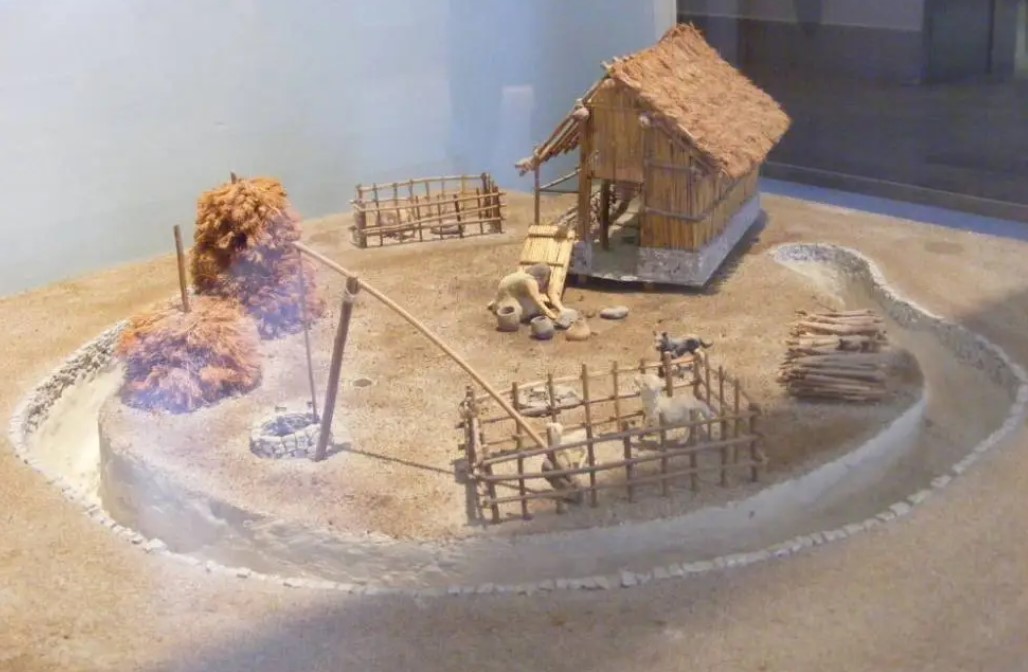
They were men from the eastern Mediterranean that then spread throughout Europe from the 6th millennium BCE
Apulia was a bridge between the Italian peninsula and the East, a place of transit and arrival of people and influences from distant lands, and one of the first European Neolithic rest stations. Men who went from a hunter-gatherer lifestyle to one of agriculture and breeding. Men who didn't have to move in search of food, but could live permanently in one place, even in large groups. Thus sedentary life favoured the growth of the population and consequently the birth of villages, the first forms of social coexistence, crafts and the first forms of exchange. Different peoples exchanged not only goods but also cultures. Thus began the first intercultural relations.
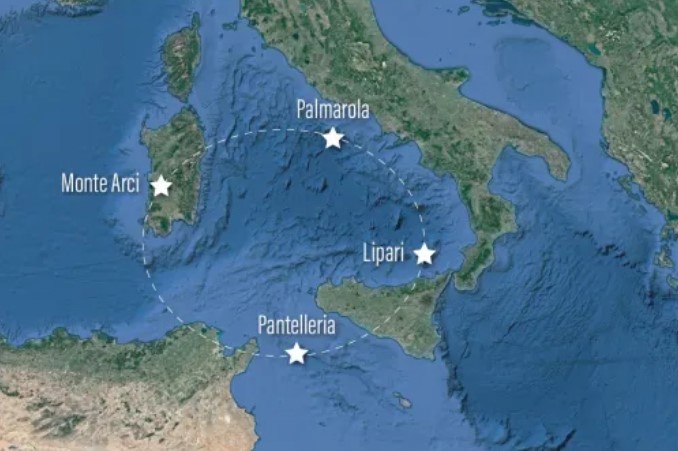
Between the 10th and 8th millennium BCE, the Neolithic revolution took place in the Near East and Asia Minor, and spread throughout Europe in different times and ways. For example, Sardinia and Sicily, thanks to the presence of obsidian (then it was the essential material to create sharp tools) soon entered the commercial traffic of the Mediterranean and were colonized by groups of Neolithic men from the 6th millennium BCE.
In the 6th millennium BCE, Neolithic men not yet devoted to agriculture crossed the Adriatic sea and penetrated into Apulia, while , farmers from the northern coasts of Syria and southern Anatolia settled along the coast of eastern Sicily (Stentinello).

In the 5th millennium BCE the first agricultural settlements arose in southern and northern Italy, in particular on the Ligurian coasts.
In the 4th millennium BCE, a subsequent human wave brought people from Thessaly to Apulia, this time they were farmers. They were groups of a few or individual families attracted by the mild climate and favorable habitat. They settled along the coast or near the waterways of the Tavoliere and the Gargano.
Towards the middle of the 3rd millennium the climate became dry. The territory no longer offered sufficient water and food resources for everyone. The large villages of the Tavoliere di Puglia disappear, and new villages now rise in more easily defensible areas, especially in the hills (called Coppe or Cupole) with healthier air. Their necropolis contained tombs buried lying on the left side and with legs curled up.
The economy also takes a considerable transformation; a transition is made from the previous agriculture focused on the cultivation of cereals to an economy based mainly on transhumant. This new culture will spread throughout Southern Italy for much of the 2nd millennium, meeting or clashing, and then merging with other people from other directions and creating a new agricultural and matriarchal community (the Apenninian Civilization) that characterized the Italian Neolithic until the arrival of the Indo-Europeans.
In order to know more, you can visit:
- Wikipedia: [1]
This page was last edited on 8 June 2024
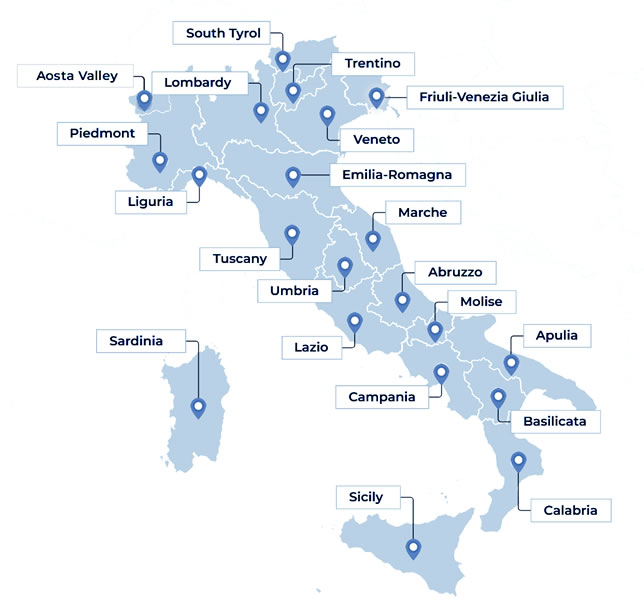
Open in Google Maps and find out what to visit in a place.
Go to: Abruzzo | Aosta Valley | Apulia | Basilicata | Calabria | Campania | Emilia Romagna | Friuli Venezia Giulia | Lazio | Liguria | Lombardy | Marche | Molise | Piedmont | Sardinia | Sicily | South Tyrol | Trentino | Tuscany | Umbria | Veneto

Text and images are available under the Creative Commons Attribution-ShareAlike License 4.0; - italystudynotes.eu - Privacy